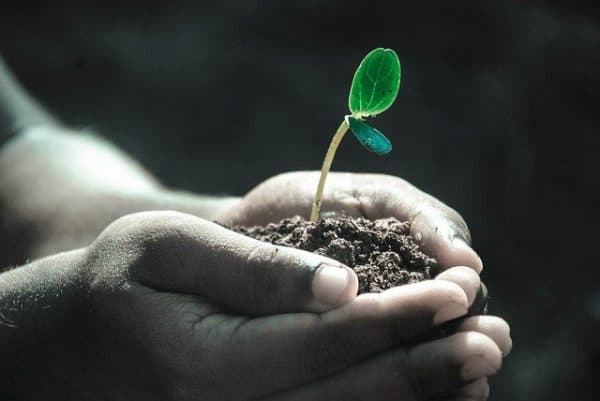
Rich, dark brown, fertile soil is crucial to human health. It’s necessary to the health of the Earth as well.
Though many focus their health-promoting and earth-saving efforts on things like eating less meat or promoting solar power, the soil could hold the answer to some of the world’s most significant environmental issues. At the same time, soil degradation could make everything worse. From threatening food security to polluting waterways, soil degradation can lead to a whopping handful of adverse effects on human health.
Fortunately, with the help of innovative tools like erosion control blankets, conservation tillage, and land reclamation techniques, humans can mitigate the effects of soil degradation, bettering human health and the planet’s health. With enough of these practices and tools in place, humans may even be able to reverse the effects of climate change.
Soil impacts human health in positive and negative ways
Soil isn’t just dirt. It’s a living thing that has enormous impacts on human health, both positively and negatively. Historically, humans have focused on the negatives when it comes to soil. It can carry pathogens and toxins that hurt human health.
However, soil can have a lot of positive effects too. It’s where we find certain antibiotics and other medications. It also contains essential micronutrients like iron, zinc, and selenium, which all humans require. So, the soil is a vital component in maintaining human health.
Soil impacts our communities at large
Despite incredible innovations like soil-free harvesting, we need soil to grow most of our food. 78% of the world’s calorie consumption comes directly from soil-grown crops, and another 20% comes from eating animals that rely on the soil.
Unfortunately, poor farming practices, environmental pollutants, urbanization, overuse of fertilizer, and climate change contribute to soil degradation and put our health and food supply at risk.
When soil is healthy, it can yield significant amounts of crops. But when humans don’t manage soil properly, it leads to erosion, soil structure loss, and nutrients. As those processes occur, the crop yields significantly decrease, putting food security in question for many.
Beyond that, as soil degrades, the land becomes more arid and drought-prone. Desertification becomes the norm, and areas that once were fertile become dry, wind-swept lands where few forms of life can survive.
This desertification amplifies the climate change problem. Healthy, fertile soil can sequester carbon, but arid lands can’t. So, carbon levels rise as desertification occurs, making climate change that much worse.
Thankfully, there are things that humans can do to better the soil, or at least mitigate the adverse effects of poor soil management.
With erosion control tools, like erosion control blankets and land reclamation practices, humans can counter the effects of soil mismanagement. By implementing better governmental policies around foresting and farming, planting more trees, and stopping the overuse of chemical fertilizers, humans may be able to reverse soil issues.
Not only will this help secure the food-supply long term, but these practices can also work to mitigate climate change. By creating more healthy soil, humans can sequester more carbon into the ground, not affecting the earth’s temperature.
Final thoughts
For years humans focused on the possible adverse effects of soil on human health, but soil may be the earth’s saving grace. With healthy soil in place, climate change effects could be mitigated, and food shortage fears could be put to rest.
 Gearfuse Technology, Science, Culture & More
Gearfuse Technology, Science, Culture & More


